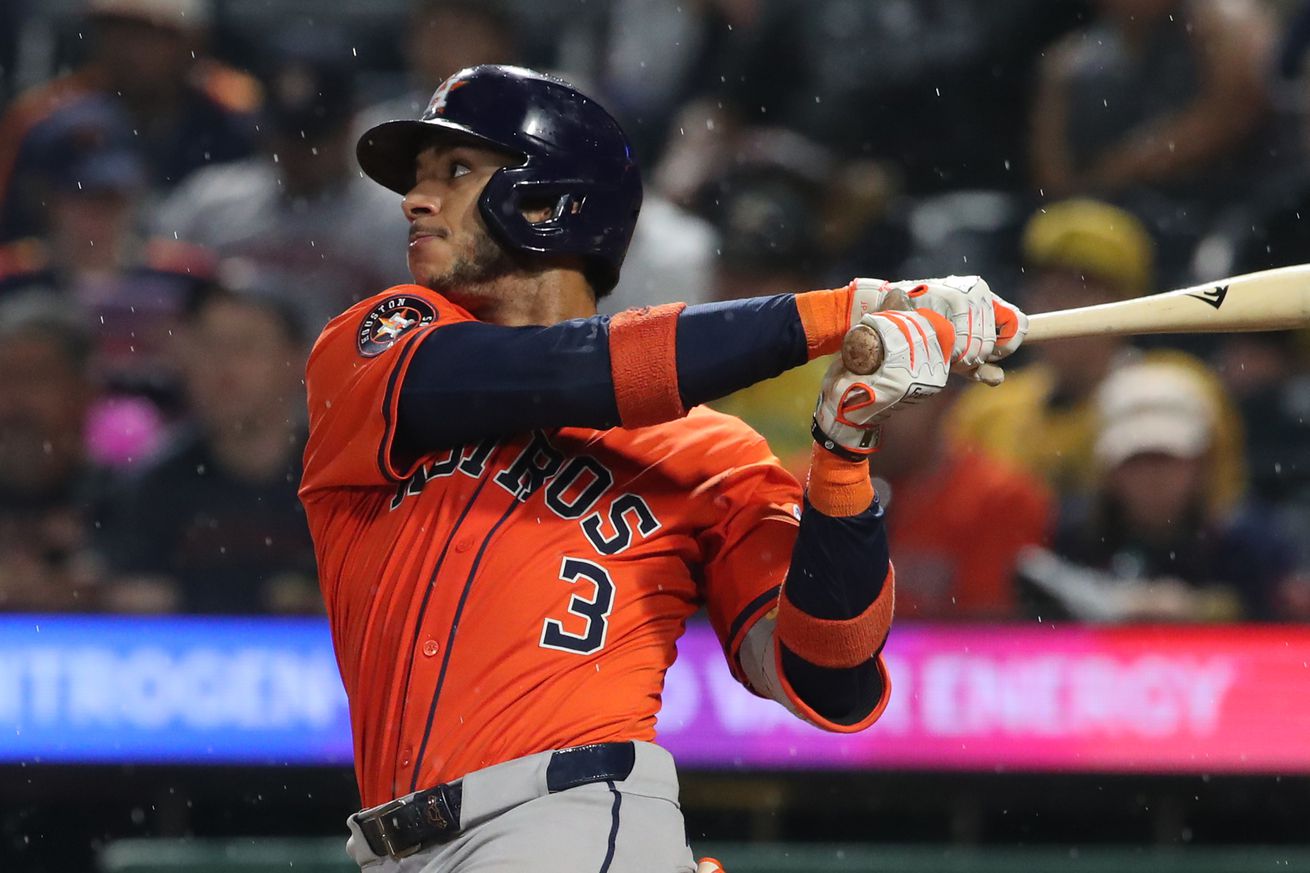
Hitting for more power? Check. Pulling the ball more in the air? Check. Noticeable plate discipline improvement? Check. Chasing fewer sliders and sweepers? Check. Back to punishing the ever-loving snot out of four-seam fastballs? Check.
Jeremy Peña’s 2025 season illustrates that not all improvement is linear. The strides he exhibited as a hitter late in the 2022 season into the postseason, on his way to claiming both ALCS and World Series MVP honors, didn’t translate into the two subsequent campaigns. There were some worthwhile changes — better plate discipline, for example — but all of the tinkering ultimately led to lessening results. We didn’t see the bottom drop in his offensive production due to his incredible speed, as he legged out 52 infield hits from 2023-24, the most in baseball. But the potential still felt relatively untapped.
As the season began, I was hoping for Peña to start hitting the ball more in the air, but he hasn’t quite done that. In fact, his batted stats are remarkably similar to those of previous seasons.

Excluding the seeming anomaly of 2023, there wasn’t much of a difference thus far in his batted ball profile. But it isn’t a coincidence that Peña’s offensive improvement has coincided with a jump in pulled fly balls, which are more productive than other fly ball classifications for hitters.
Pull Air%
2022: 19.1%
2023: 13.3%
2024: 15.2%
2025: 19.2%
Thanks to the new bat tracking data from Statcast, we can more easily identify any changes a hitter makes at the plate, such as positioning in the box, attack angles, bat speed, and so on. For Peña, I noticed a couple of adjustments that have likely helped his production this season. The one that immediately jumps out is how much his stance has opened up. Here’s a screenshot of his stance in a September game against George Kirby and the Mariners last year.
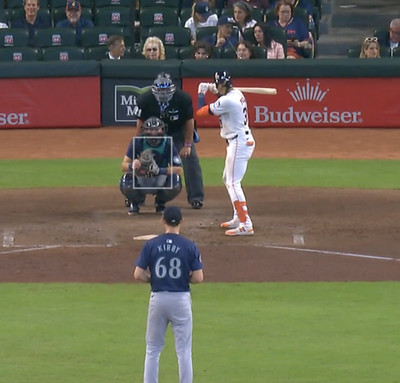
And here is a screenshot from June 1 this year against Taj Bradley and the Rays.
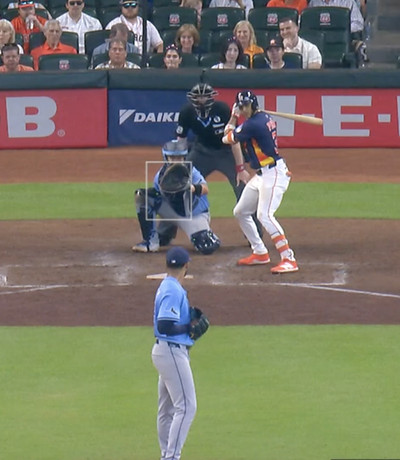
A more open stance isn’t the only change, though. His intercept point versus the front of the plate has also changed, about 1.9 inches closer to the pitcher. Depth in the box and distance off the plate, too, with Peña now deeper in the box but closer to the plate. These Statcast visuals do a much better job of illustrating that point than my rambling.
Below is from 2024.
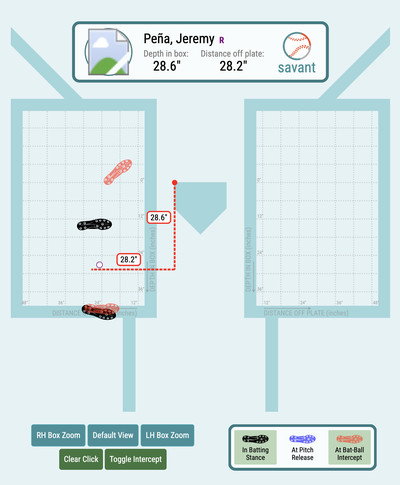
This one is from 2025.
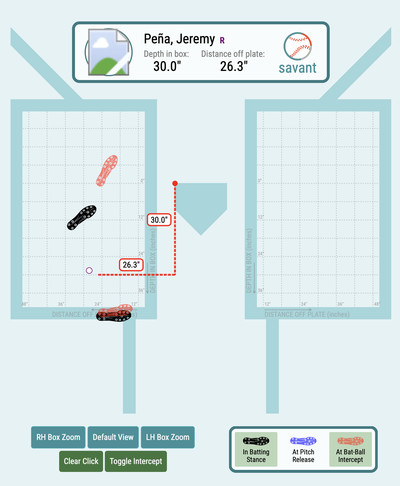
There are additional factors regarding Peña’s improvement as a hitter, but I thought the examples above at least provide a decent foundation of what has changed with him. In any case, the constant tinkering has appeared to pay off finally.
I wouldn’t say that the 2025 season wasn’t a make-or-break situation for Peña, but we were getting closer to that inflection point. An above-average defensive shortstop with roughly average results as a hitter is a valuable player…up to a certain point of salary. Making $4.1 million this year, his services, even with results similar to the previous two seasons, would continue to increase in price. Odds are the Astros would’ve been okay with paying him through 2027 (his final season of club control) with little issue. But whether the Astros would want to keep him around long-term would’ve come up as early as this upcoming offseason or next.
At this current rate, Peña’s 2025 season may have altered that timeline. We’re 65 games into the season, and there is time for things to change. However, the 27-year-old shortstop could become an increasingly important figure in the organization’s immediate plans. Although Dana Brown has toned down the extension rhetoric mightily compared to his first season on the job, it would behoove the Astros to explore extending him. Take Jose Altuve’s advice, y’all. Of course, his recent play, if it continues, will push any hypothetical price tag even higher. The Astros may have, once again, missed the extension boat with another promising player.